1901-1950
1904 1912 1914 1932 1935 1945 1947

1904
Baltimore Fire
The type and materials of the constructions in American cities during the 1800’s and early 1900’s posed a constant fire threat. On February 8, 1904, Baltimore suffered one of the worst city fires in US history. The fire devastated an area of 140 acres (56 hectares) destroying 1,500 buildings, 2,500 business, and ultimately spread to 86 blocks in 2 days. It is believed that the fire started in the basement of the Hurst Building, located where the Royal Farms Arena currently stands. As a result of this and other urban fires, city ordinances were enacted and fire mitigation guidelines were implemented by insurance companies throughout the nation. These guidelines became the basis of the first building codes.
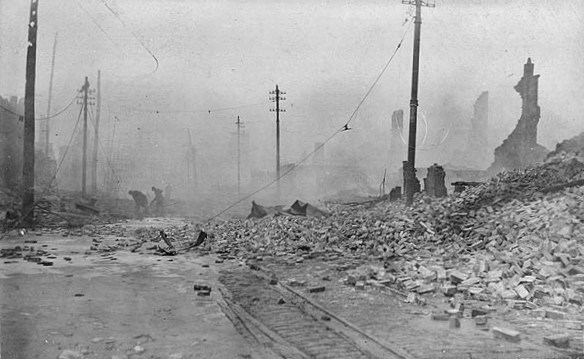

1912
Report of the Flood Commission of Pittsburgh
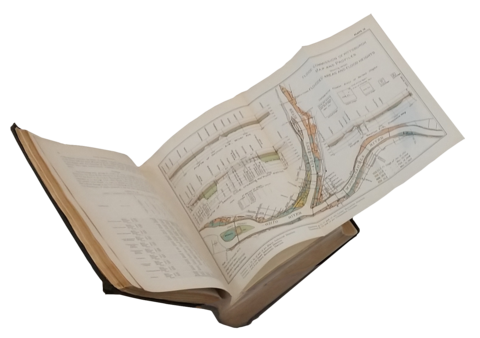
Hydraulic engineering achieved significant progress at the turn of the 20th century. The 1912 Flood Commission of Pittsburgh report—an example of the sophistication achieved by engineers of the time—contains the results of a study commission appointed to determine the causes and damages caused by floods in the rivers at Pittsburgh and to recommend measures to avert future damages. The surveys and methodologies to estimate flood damages presented in this report were useful to future flood risk modelers and designers.

Read the Report:

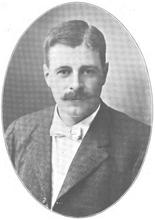
1914
Hazen and Fuller
Historical data is a useful but only partial tool to predict the frequency of future severe events. Allen Hazen (1869-1930) was the first to overcome this shortcoming using statistical methods to synthetically extend the historical series of river flows. Another landmark application was accomplished by Weston Fuller (1879-1935) who formulated the concept of “return period” to measure the annual probability of occurrence of an event of a given magnitude. Their 1914 groundbreaking papers represent a watershed moment in the history of engineering.
Read the Reports:
Allen Hazen, Storage to be Provided in Impounding Reservoirs for Municipal Water Supply, and Weston Fuller, Flood Flows, in Transactions of the American Society of Civil Engineers, Vol. LXXVII. New York, NY: Murdoch, Kerr & Company, 1914

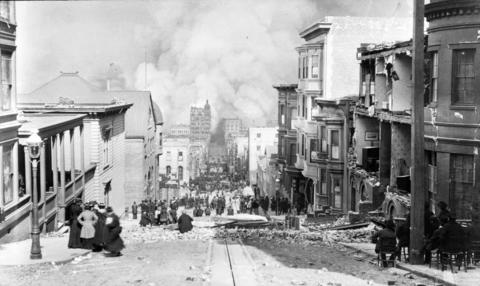
1932
Earthquake Damage and Earthquake Insurance
The eminent hydraulic engineer John R. Freeman (1855-1932) was one of the first to give impetus to earthquake engineering research and risk modeling in the United States. In 1932, Freeman published a comprehensive treatise which, among other things, compiled large amounts of earthquake damage data to inform the design of resistant buildings and insurance ratemaking. His book also surveyed secondary hazards, like the great fire triggered by the San Francisco Earthquake of 1906.
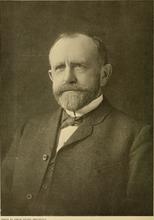
Read the Report

1935
Monroe Calculator - model L-160-X. Monroe Calculating Machine Company, New York, NY U.S.A.: c. 1935
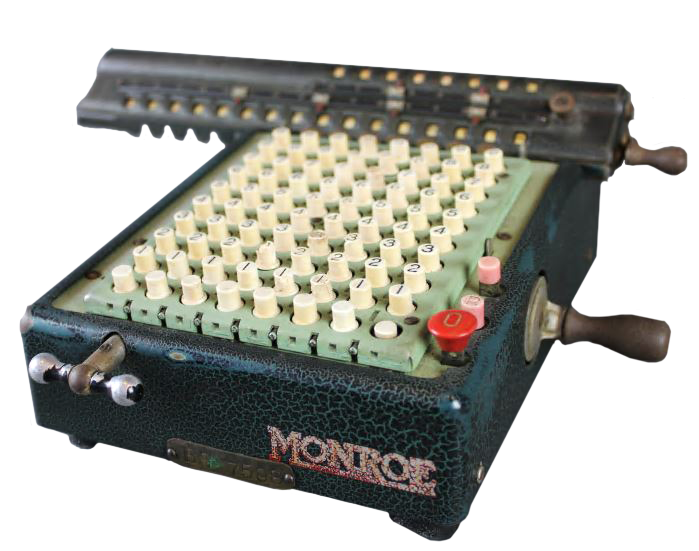
During World War II, atmospheric scientists and mathematicians developed techniques to predict the behavior of atmospheric variables such as precipitation, temperature, and wind speed. The techniques involved the inversion of large matrices and other lengthy calculations. The people who did the mathematical operations, also known as “computers”, used mechanical calculators—like this Monroe calculator—to conduct these tasks. The computations were laborious and could easily take weeks if not more. The tediousness of the computations hampered the progress of research projects until high-speed computers, such as Whirlwind I at MIT, became available around 1951 and opened a wholly new set of research possibilities.

1945
Human Adjustment to Floods
Gilbert F. White (1911-2006), the father of floodplain management, made profound contributions to the efforts for mitigating the effect of floods in the United States. His landmark 1945 Ph.D. dissertation challenged the prevailing views about effective flood mitigation techniques and proposed measures of land use and regulation policies as alternatives to help minimize future damages.

1947
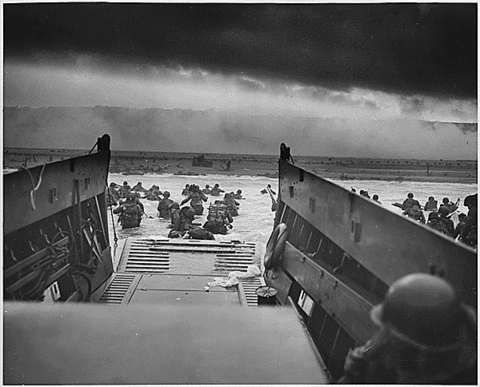
Wartime Developments in Applied Climatology
Woodrow C. Jacobs (1908-1990) was a climatologist who made important contributions in times of war and peace. During World War II, he was the head of the Special Studies Research Group of the Army Air Force, and one of his key contributions was his participation in the group that set the date for the D-Day invasion of Normandy in June of 1944. In peacetime, he and Helmut Landsberg, another distinguished climatologist, set the base for natural risk studies in the meteorological sciences.
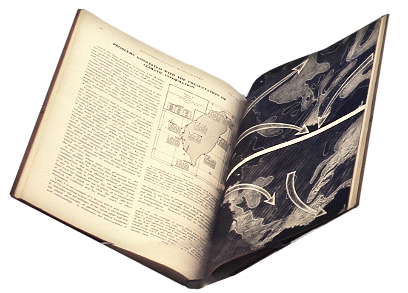
Read the Report
Contacts
-
NIST Research Library & Museum(301) 975-3052


